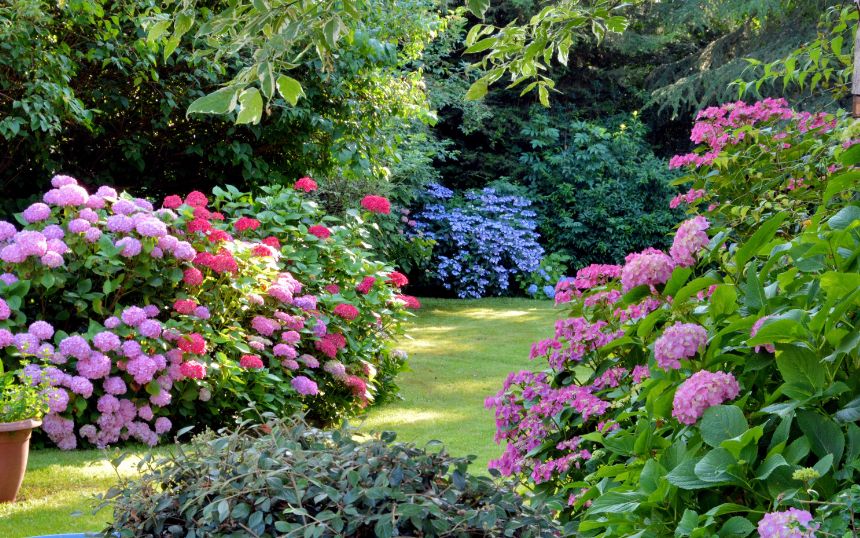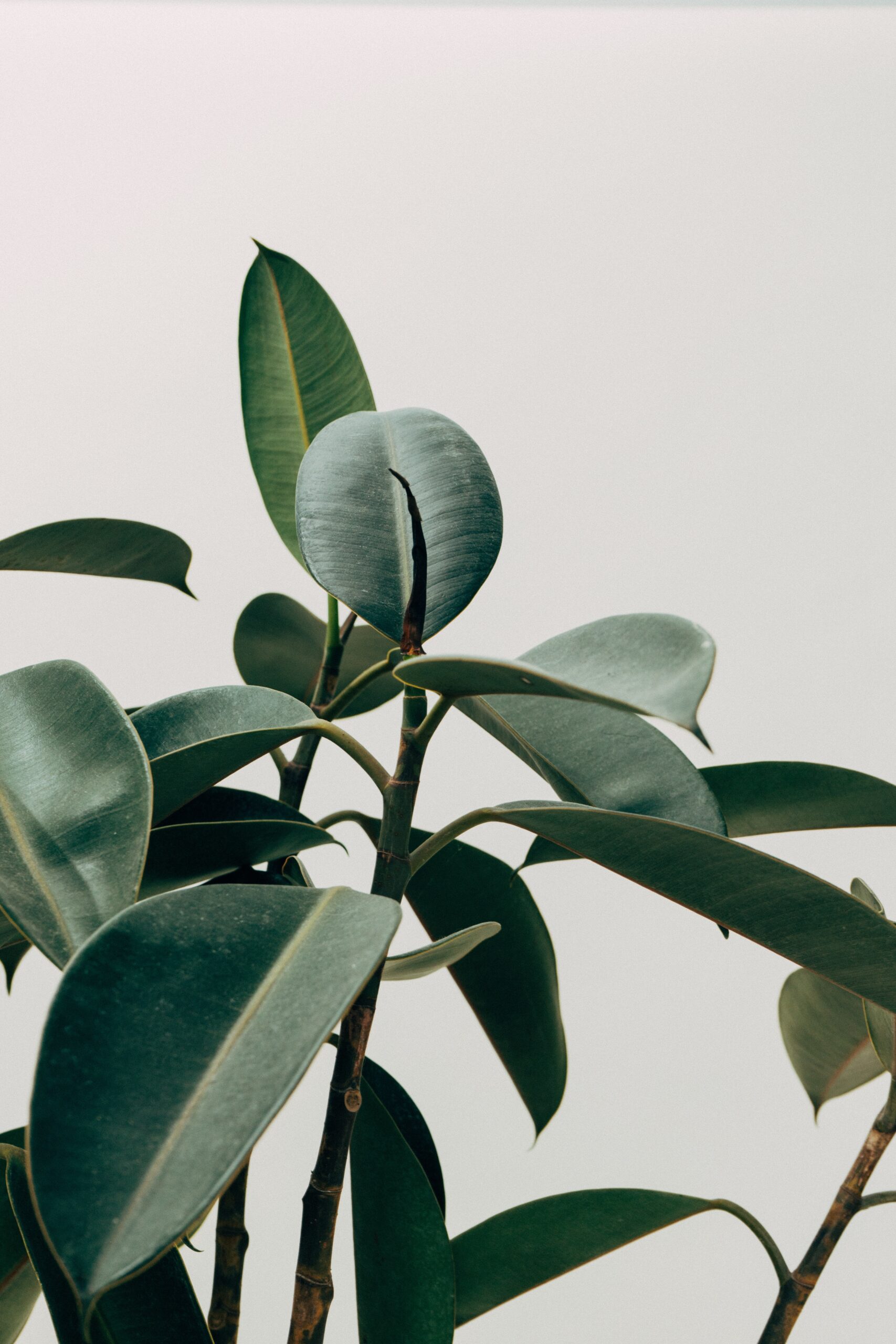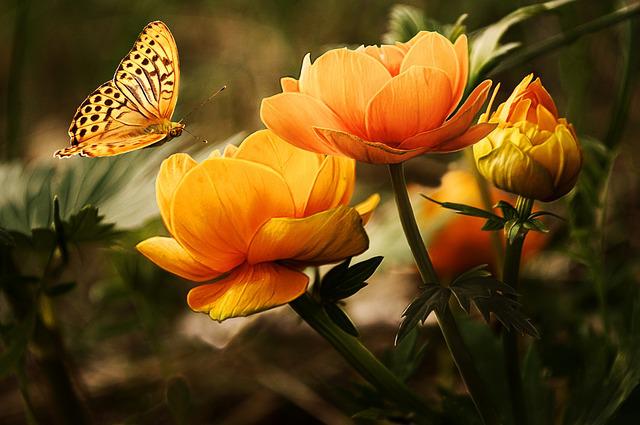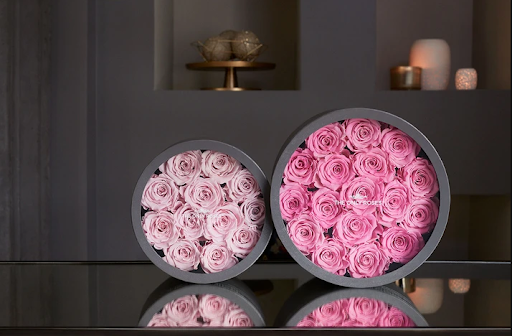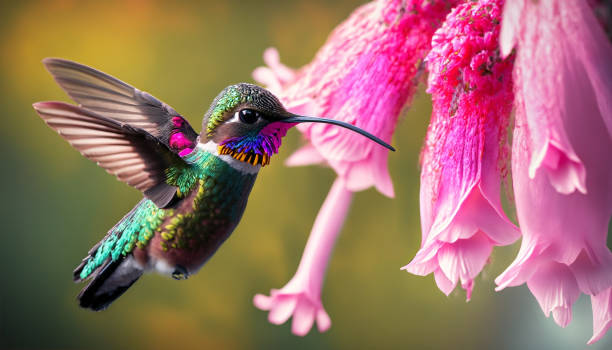Hydroponics Basics for Beginners

Whether you have a green thumb or you’ve never planted a single seed, hydroponics is a fun way to bring fresh air, life, and plants indoors. With a few pieces of equipment and a little instruction, you can start on a hobby that’s healthy, challenging, environmentally conscious, and never dull! Here’s a selection of hydroponics basics for beginners to help you get started on the road to indoor gardening.
What Do You Want To Grow?
It’s the easiest question to answer, but what you want to grow may not necessarily be suited for a hydroponic garden. Unfortunately, some fruits and vegetables require soil to thrive. For example, potatoes and root vegetables need dirt to extend their root systems in search of food and water. You can grow them hydroponically, but you’ll need a large system that takes up a lot of space. It’s the same with corn, which requires space to grow taller, and vined plants like peas and hops, which need trellises and space to grow (though there are exceptions). Finally, melons get bigger and heavier as they grow, and that can put a strain on your system as well unless you build extra support.
The best plant for a new hydroponic gardener is lettuce. Lettuce thrives in a hydroponics system, is easy to care for, and can provide plenty of nutritious salads with a small amount of space. Strawberries, bell peppers, and spinach are also great beginner plants. Incidentally, two exceptions to the no-vines rule are tomatoes and cucumbers, which are easy to care for and take well to hydroponics.
Start Small and Simple
It’s best to approach hydroponics with a simple setup using a basic wick system. The system suspends plants in a growing medium like coco coir, perlite, or Rockwool. A rope wick plunged into a tub of nutrient solution runs through the medium to deliver water and food. It isn’t the best way to grow, but it’s a simple, nonmechanical, electricity-free method anyone can use. As you gain experience, you can explore more elaborate ebb-and-flow, nutrient film, aeroponic, drip, and other systems.
Let the (Artificial) Sunshine In
Lighting is very important. Depending on the location of your crop, natural lighting may be unavailable. If you can’t place your garden in a sunny spot at least six hours a day, invest in grow lights. Grow lights deliver heat and light to aid in photosynthesis and more. As a beginner, you can pick up one of the basic LED options.
Starting Out
If you buy a hydroponics gardening kit using a wick system, you’ll set up your water tank or reservoir, then place the wicks in the tray. Suspend the wicks in the solution. Start seedlings and then place them in the medium. Set up your light and add the nutrient solution. In the coming weeks, replace the solution, maintain proper pH levels, and keep the plants cleaned and trimmed. Clearly, there’s more to the process, but when learning hydroponics basics for beginners, trial and error are your best teachers!
